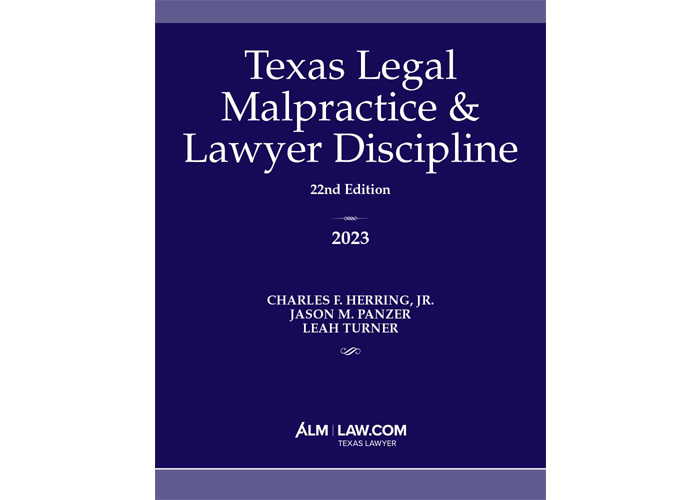We make learning simple and easy with online, on-demand courses to fit your busy schedule. Our continuing legal education course content is fully approved by The Texas State bar. As a part of the ALM Media family, the leading creator of legal content from magazines, webinars, and renowned events, our classes feature the most engaging content available for on-demand programs. We fulfill course curriculum with respected thought leaders across the spectrum of law who provide practical information to enhance your legal arsenal.
Why Choose ALM’s CLE Center for Your Texas Legal Credits?
Our courses feature a variety of topics tailored to multiple practice areas and approved by the State Bar of Texas. We consistently curate CLE course curriculum from across the ALM Media family including Corporate Counsel, The American Lawyer, Law.com, and dozens of other media outlets and events such as Legal Week, and the Women, Influence Power & Law (WIPL) conferences to name a few. This gives CLE Center the edge when it comes to engaging, leading edge course content.
What to Expect from Our Texas MCLE Courses
CLE Center makes learning easy and convenient! Simply create an account then take the courses at your convenience and at your pace. Courses are given in easily digestible audio and video formats from our unique and respected sources. We report credits to the Texas State bar on a weekly basis, however attorneys can also report their credits. For each completed Texas approved program, you will receive a certificate with the course number on it. Self-reporting is recommended if your compliance date falls on a weekend.
Ethics - 3 hours
CLE Compliance Deadline: Last day of birth month
CLE Reporting Deadline: Last day of birth month
Reporting Cycle: Every Year
CLE Center reports credits taken online to the Texas Bar on a weekly basis. Attorneys can also self-report their credits.
Last day of the attorney's birth month
Every year
Texas attorneys may earn all fifteen (15) CLE hours online at CLECenter.com including three (3) hours required in Ethics.
Reporting: Texas attorneys are responsible for ensuring that their attendance file is accurate and up-to-date. CLE Center reports attendance information to the Texas Bar on a weekly basis. Please make sure to include your bar number in your MCLE profile so we can report your credits in a timely manner. Attorneys can also self-report their credits directly to the Texas State Bar. If your compliance date falls on a holiday or a weekend, it is recommend that you self-report your credits so you are not penalized as we are not available on Saturday or Sunday.
Carry Over Credit Rule: Texas attorneys may carry over fifteen (15) credits into the next reporting period.
Texas State Bar
Telephone: (800) 204-2222
Website: www.texasbar.com

 .
.










 Unlimited access to on-demand CLE content from well-respected faculty in the legal industry
Unlimited access to on-demand CLE content from well-respected faculty in the legal industry
